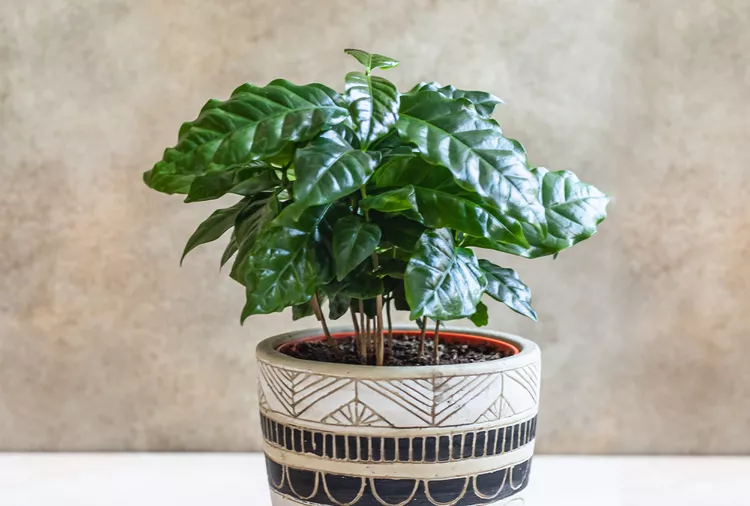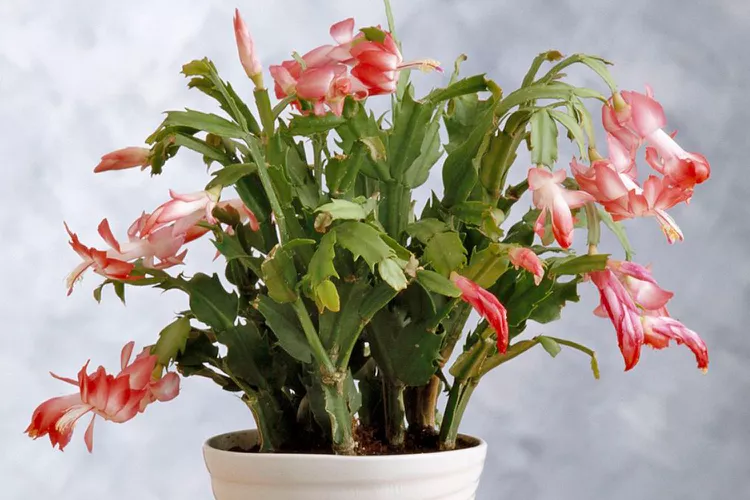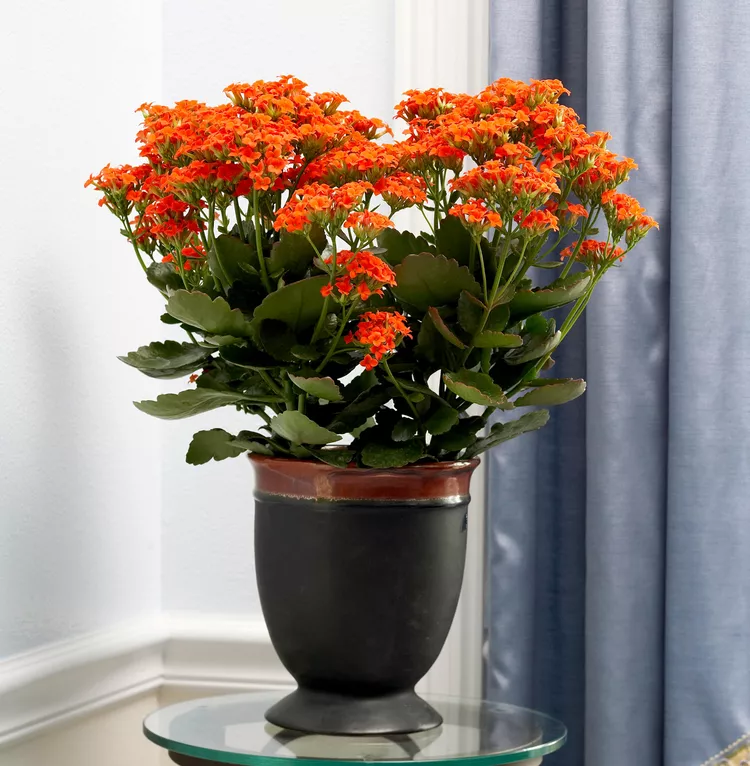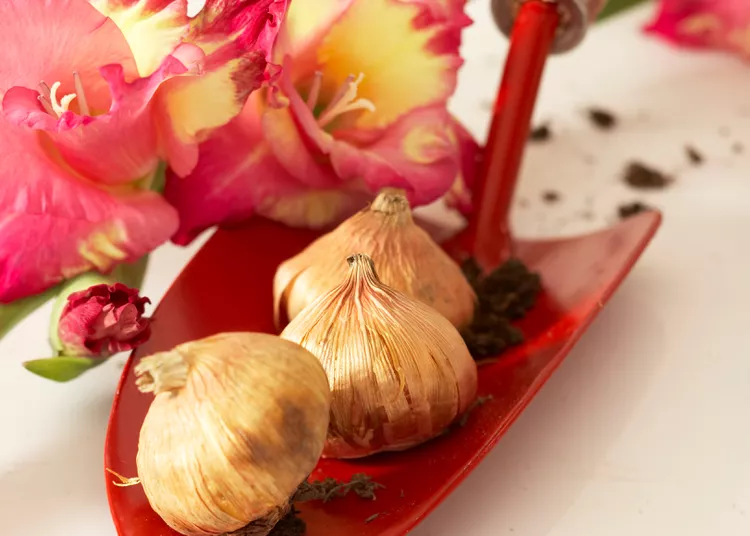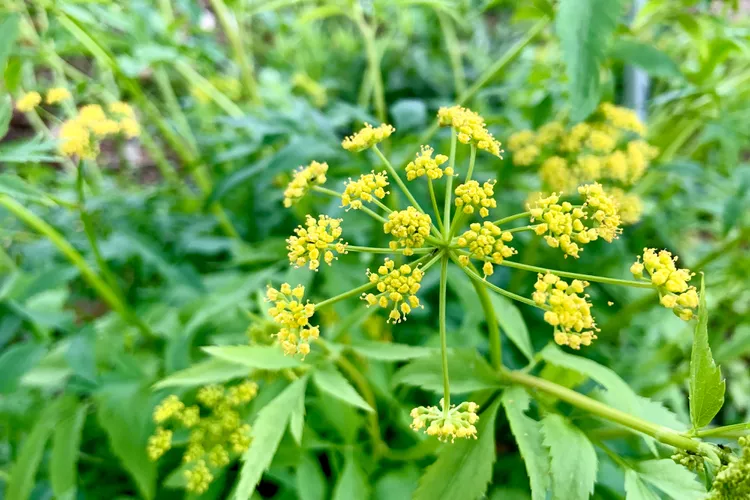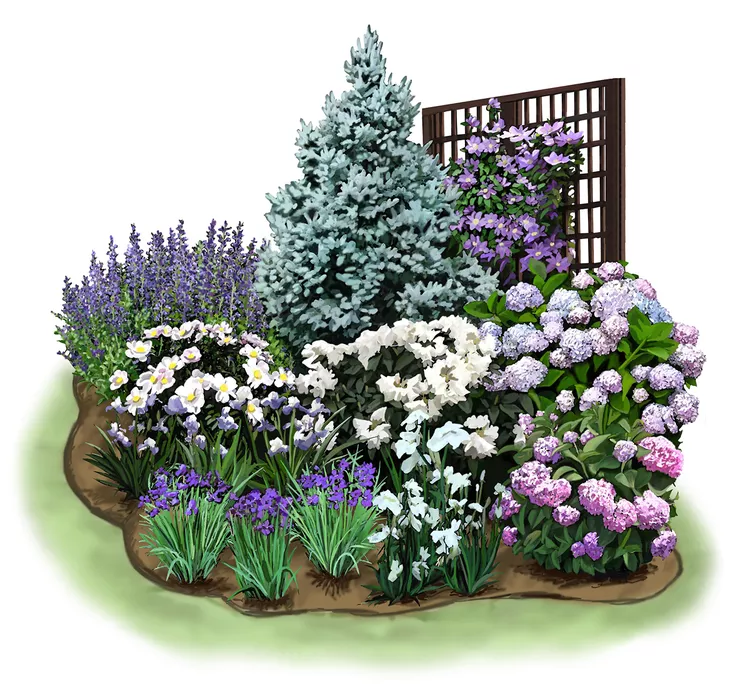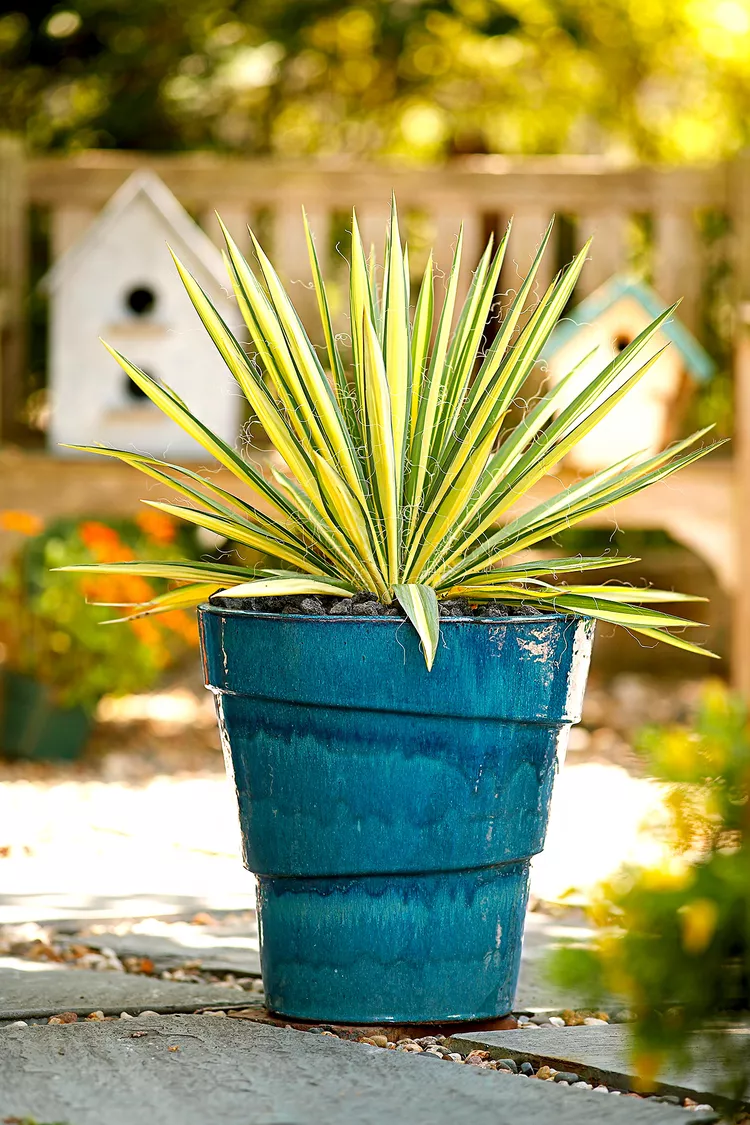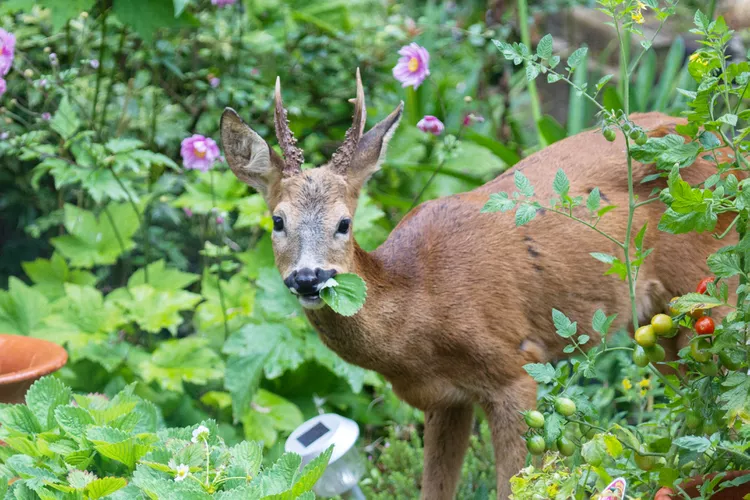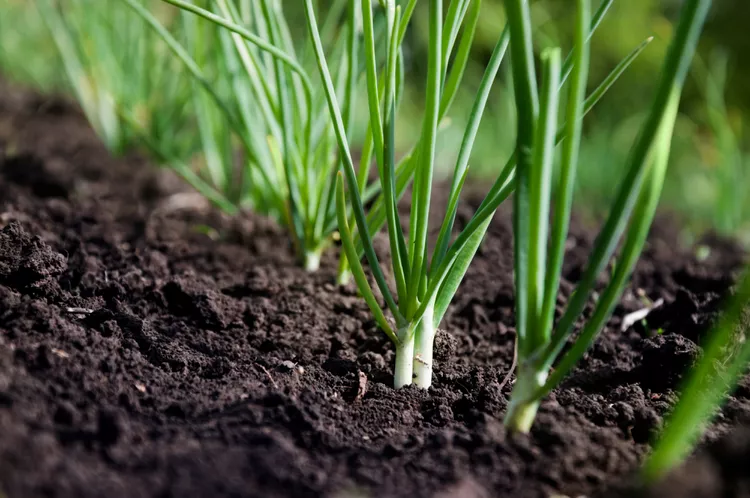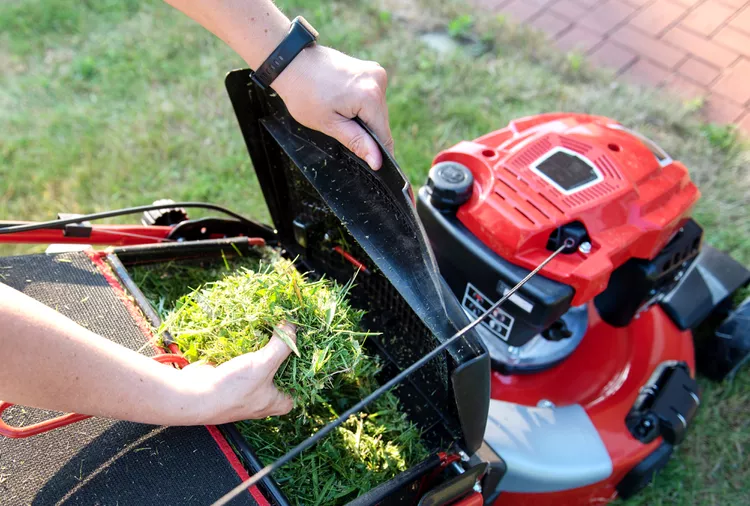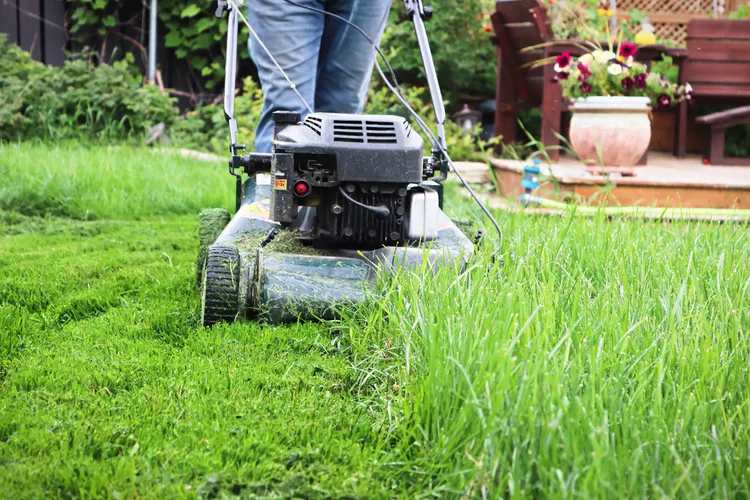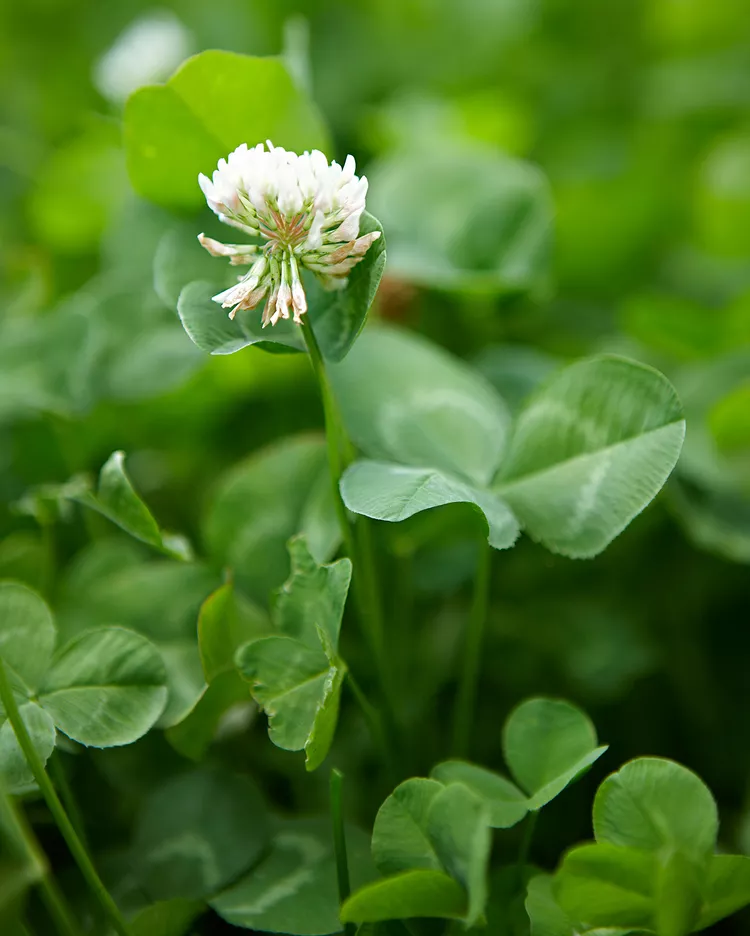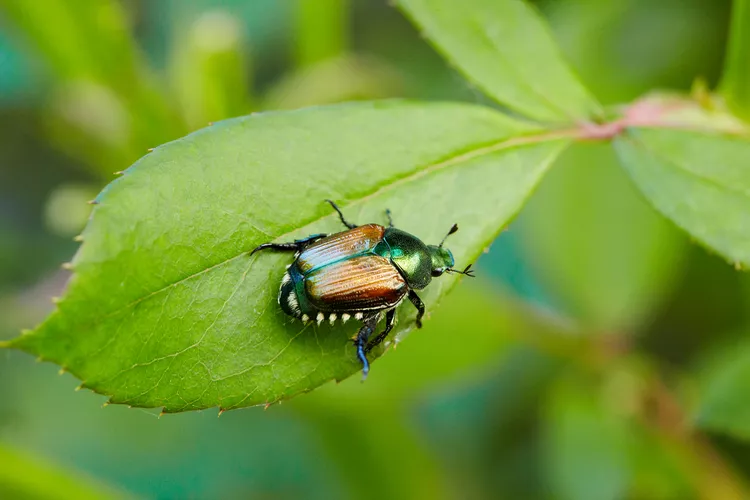Some insects, such as butterflies and other pollinators, get a warm welcome when they visit gardens. However, there are plenty of other bugs that you don’t want to spot around your yard, and Japanese beetles are some of the most destructive pests of both ornamental and edible plants. These insects usually appear in May or June, snacking on vegetation into August.
When you first spy the beetles munching on your roses or raspberry plants, putting out a Japanese beetle trap might seem like a good idea. However, some experts and researchers say these devices aren’t necessarily the best way to keep Japanese beetles at bay. In fact, a trap could even make your pest problem worse.
The Problem with Japanese Beetle Traps
“Japanese beetle traps, like other insect traps, are used mainly for determining how bad the infestation is and for eliminating several beetles at once,” explains Ryan Smith, an entomologist and owner of Ant and Garden Organic Pest Control in Beaverton, Oregon. These traps use two types of scents: a pheromone that attracts males and a floral scent that attracts both males and females.
“However, [the traps] can be a problem if you’re living in a residential area surrounded by neighbors with gardens and yards,” Smith says. “Studies show that Japanese beetle traps can lure these insects that are as far away as five miles. So, with the use of Japanese beetle traps, you might be bringing more of these pests into your backyard.”
The Best Way to Use Japanese Beetle Traps
Still, not all experts say you should avoid Japanese beetle traps. “Actually, there are no reasons to avoid using Japanese beetle traps if you know how to use them properly,” says Nicholas Martin, an entomologist and founder of Pest Control Hacks. The beetles are “avid travelers that seek food sources and cover large distances to feed. You should place the traps away from flowering bushes and plants that may attract these insects more than the trap,” he explains. At least 30 feet away is the standard recommendation, but the further, the better to make sure most beetles end up in the trap and not on the plants you’re trying to protect.
Once you’ve set out a trap, you may notice it will fill up quickly. To help the trap remain effective, you need to empty it frequently. If it overflows, all those beetles will probably find their way to your plants instead of staying in or around the trap.
Japanese Beetle Trap Alternatives
“To get rid of Japanese beetles in your garden, you can start by picking them by hand, especially if there’s not that many,” Smith says. If you aren’t squeamish, you can crush the beetles or just drop them into a container of soapy water to kill them. Smith also offers the following homemade solution to spray on any beetles you see. It will kill them without harming your plants.
DIY Japanese Beetle Insecticide
- 1 tsp. dishwashing liquid
- 1 cup vegetable oil
- 1 cup rubbing alcohol
- 4 cups water
Mix your ingredients, put them into a spray bottle, and spritz the concoction onto the bugs. The beetles will continue to appear over several weeks, so you’ll need to check for them often before they can do much damage.
Leaving the Japanese Beetles Be
Scientists and backyard gardeners have observed that Japanese beetles are more plentiful some years. So, if you don’t have a very heavy infestation, sometimes the best course of action is just to leave them alone. Yes, the bugs can certainly be a nuisance, but they don’t usually cause enough damage to kill well-established plants. And even though these insects are not native to North America, they provide a food source for many species of wild birds and mammals, which naturally help keep Japanese beetle populations in check.
Get Rid of Other Pests That Invade Your Yard
If your garden is being invaded by aphids, caterpillars, or flea beetles, we have tips to help you keep them away. If your grass is turning brown and pulling up easily from the soil, grubs may be a problem, but there are ways to eliminate them. In your vegetable garden, cucumber beetles can wreak havoc on cucumbers, cantaloupe, squash, and pumpkins, but there are tricks to preserve your crops. You can prevent some infestations by adding bug-repelling plants for a harmless and attractive solution.

